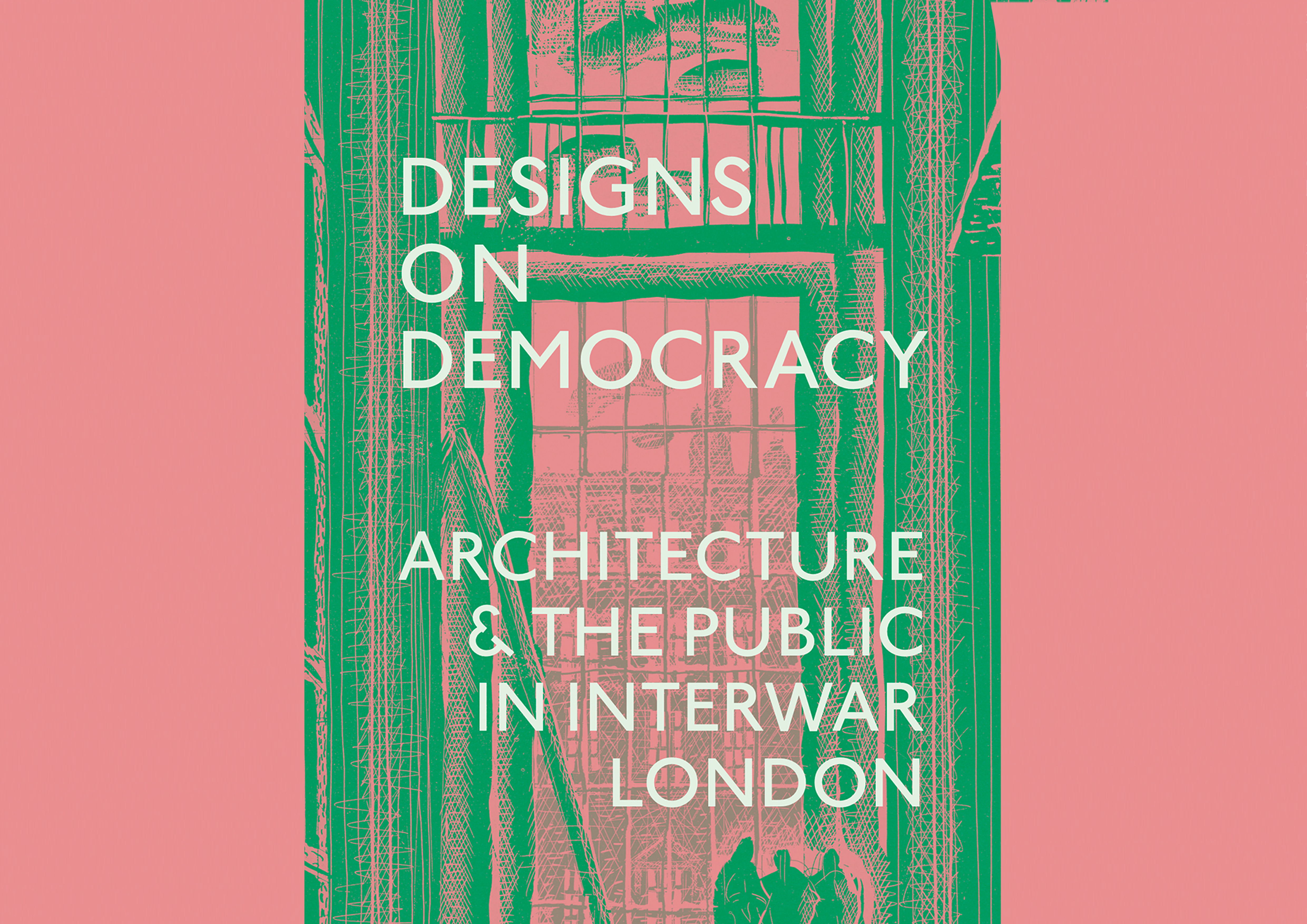Post
BOOK REVIEW | Design on Democracy: Architecture and the Public in Interwar London
31 May 2023
By Neal Shasore
Reviewed by Rob Fiehn
I am assuming that if you’re reading this review, you may have a passing interest in The London Society and the mechanics of how London is put together, encompassing the past, present and future development of the capital. If that is true, Neal Shasore’s Designs on Democracy: Architecture & The Public in Interwar London, therefore offers a fascinating insight into the people and institutions that started to take a keen interest in reshaping the city body at the start of the 20th century.
Rather than following a particular style or group of designers, Shasore provides a comprehensive overview of the major players who took a proactive role in planning and architecture at a fundamental period in British history. He argues that the time between the wars marked a turning point in the perception of the built environment as a positive force for the public, very much in contrast to the “laissez-faire individualism of the Victorian era.” Indeed, it seems that the architectural profession even started to consider the benefits of public relations as they promoted concepts and competitions to broaden awareness of the possibilities of their grand visions. One reporter from the Yorkshire Post described the recently opened RIBA building as “challenging public opinion with a new policy of bold experiment.” It would be wonderful to hear the press describe contemporary institutions in that way today.
Shasore is interested in the coalitions that developed during this period and The London Society was no exception to this gathering of “architects, their allies, and patrons.” While it may seem disconcerting that a relatively small amount of old, white men were trying to direct the course of London in a world still dominated by empire, it is also heartening to see them take a largely liberal stance, attempting to address the “socio-political demands of a mass democracy.” And the Society gets a good showing in the book as they vigorously backed plans for a replacement of the Hungerford Railway Bridge, as part of a wider agenda to tackle London’s issues from an infrastructural standpoint. Their efforts were even praised in the Telegraph as evidence that “public interest is at last being aroused in architectural matters.”
Despite my current involvement with the London Society committee, I was largely ignorant of this period of London’s built environment history and I enjoy how the book deftly maneuvers across stylistic considerations and technological innovation – focusing on the efforts to alter the fabric of London as the world was going through its own seismic shifts.
